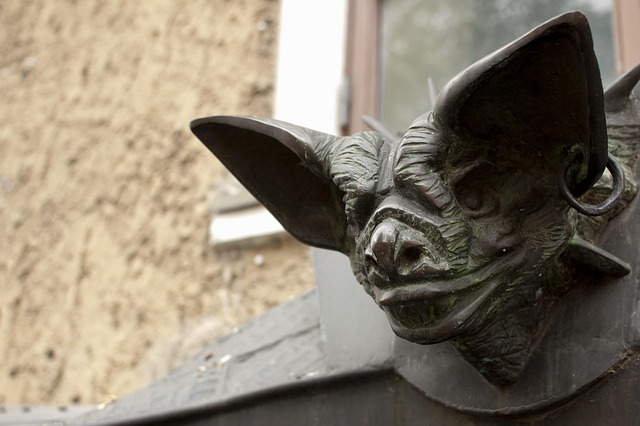Bats, protected by wildlife regulations, can intrude on homes, requiring humane relocation services. Bat-proofing involves sealing entry points to prevent future invasions while allowing safe bat departure. Professionals follow regional laws and use specialized equipment for responsible relocation, promoting ecological balance and property safety through bat-proofing techniques.
In many regions, bat relocation services are essential to both protect wildlife and comply with stringent regulations. This comprehensive guide explores the world of humane bat management, focusing on effective relocation strategies while adhering to environmental laws. We delve into the process of understanding bat behavior, their ecological significance, and the legal framework surrounding their protection. Additionally, we offer practical tips for ‘bat-proofing’ your home, ensuring a harmonious coexistence with these fascinating creatures.
Understanding Bat Relocation and Wildlife Regulations
Bats are protected under wildlife regulations in many regions, making humane relocation services essential when they find their way into homes or buildings. Understanding bat relocation involves more than just moving bats from one place to another; it’s about ensuring their safety and compliance with local laws. These regulations aim to preserve bat populations while minimizing potential conflicts with human habitats.
When considering bat-proofing your home, it’s crucial to understand these regulations. Professional relocation services employ experts who are trained in handling bats humanely and following legal protocols. They know when and how to relocate bats, ensuring they find suitable environments outside your home while adhering to wildlife protection standards.
The Role of Humane Bat Relocation Services
Humane bat relocation services play a vital role in ensuring that bats are moved from properties in a safe and responsible manner, adhering to local wildlife regulations. With proper knowledge and equipment, these services humanely capture and relocate bats, preventing harm to both the animals and humans. This is particularly important as many regions have strict laws protecting bats, which are essential for ecosystem balance.
Bat-proofing your home involves implementing strategies to prevent future bat infestations while ensuring the safe removal of existing ones. Humane relocation professionals employ techniques such as one-way exclusion doors and careful inspection to identify entry points without causing distress to the bats. By offering these services, they contribute to a harmonious coexistence between humans and wildlife, maintaining a healthy balance in our surroundings.
Bat-Proofing Your Home: A Comprehensive Guide
Bats are an essential part of many ecosystems, but when they make their way into our homes, it can create a complex situation. To ensure compliance with wildlife regulations and humanely relocate these creatures, understanding bat-proofing is crucial. This process involves sealing off entry points, as bats can fit through tiny gaps, using materials like mesh or caulk to close cracks and openings around pipes, vents, and windows.
Bat-proofing your home isn’t just about keeping them out; it’s also about ensuring their safety. Many bat species are protected by law, so any attempts at removal should be done humanely. By sealing access points, you create a safe environment for the bats already inside to depart naturally while preventing new ones from entering. This comprehensive guide ensures your home is both bat-free and compliant with regulations, fostering a harmonious coexistence between humans and these fascinating wildlife members.
Compliance and Best Practices for Bat Management
In the context of humane bat relocation and wildlife regulations, compliance with best practices is paramount to ensuring both the safety of these crucial ecosystems contributors and your home or property. Bat management requires a delicate balance; bats play a vital role in insect control and ecological balance, so their removal should be considered carefully and only when necessary. One of the primary objectives is to prevent unwanted bat intrusions in buildings through what’s commonly known as ‘bat-proofing’. This involves sealing entry points and using one-way exclusion devices to allow bats to exit but prevent reentry.
Professional services specializing in humane bat relocation follow these guidelines to adhere to wildlife regulations, ensuring that any capture or removal is conducted humanely and in compliance with local laws. By employing these best practices, it’s possible to maintain a harmonious relationship with these nocturnal mammals while also safeguarding your living spaces from potential health risks associated with their presence in buildings.
When it comes to bat relocation, adhering to humane practices and local wildlife regulations is paramount. By understanding these regulations and enlisting professional services, you can ensure safe and effective bat management. Implement our comprehensive guide on bat-proofing your home to prevent future infestations and make informed decisions when facing bat encounters. Remember, proper bat management requires a balanced approach that respects both the well-being of these creatures and the safety of human habitats.
